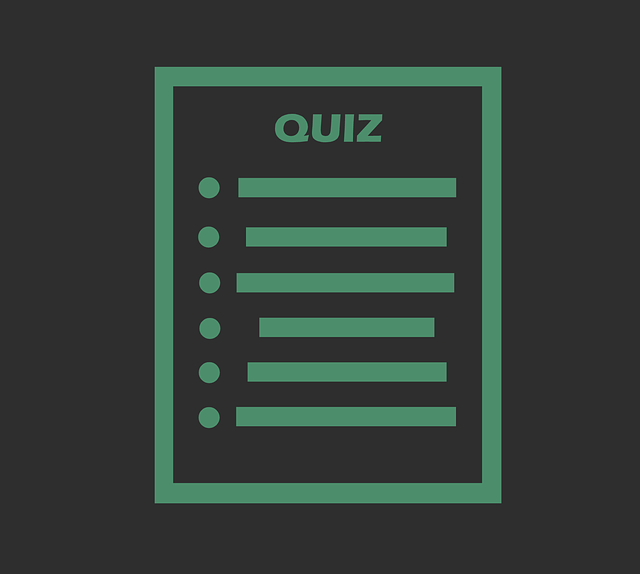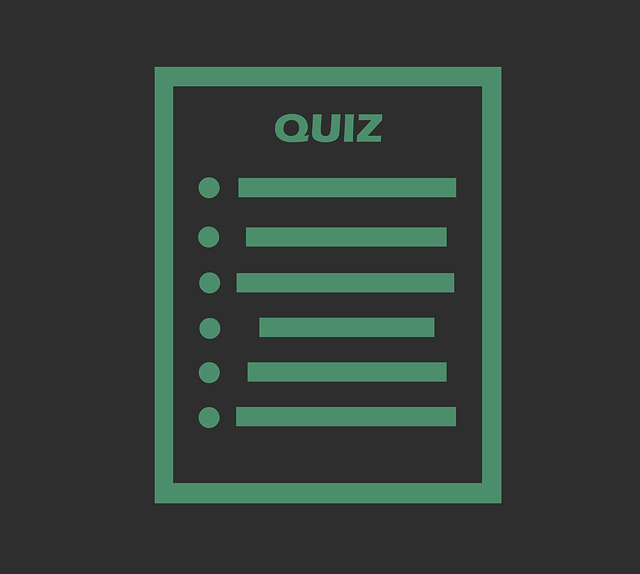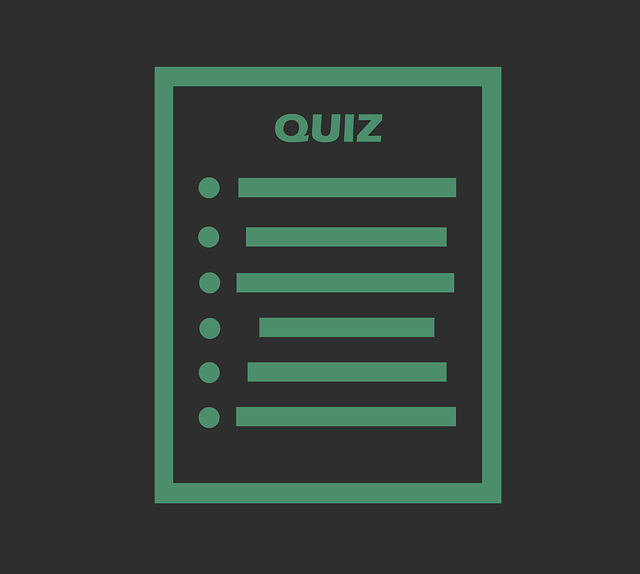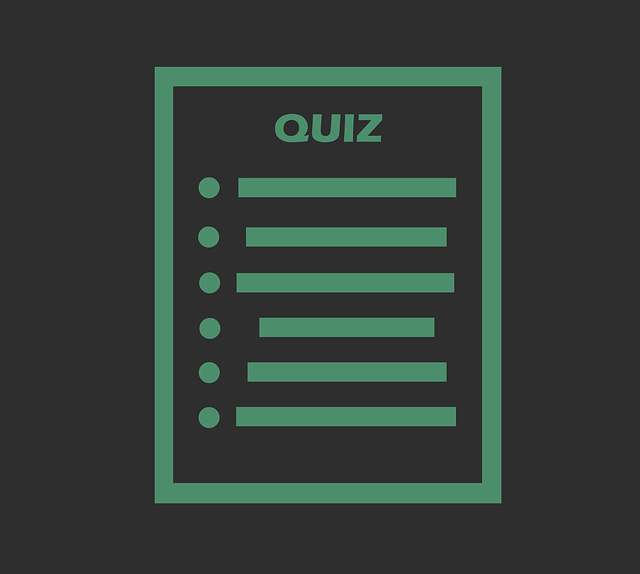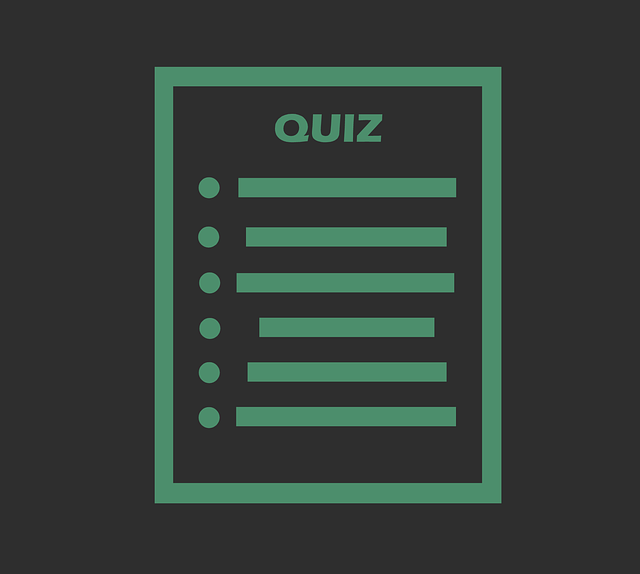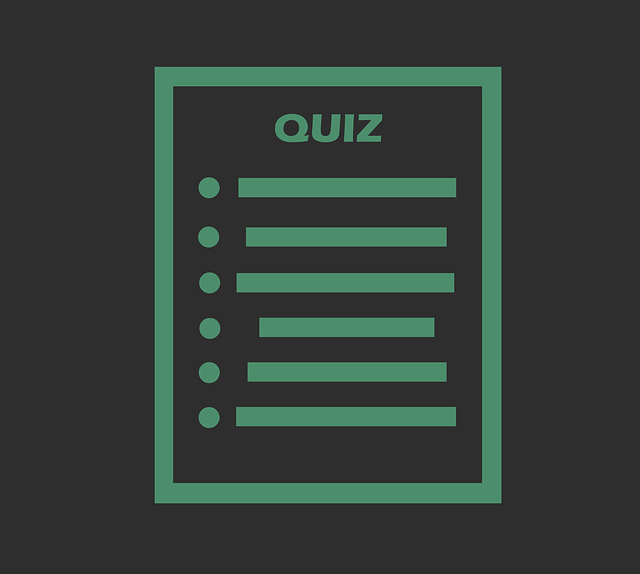In this blog you will find the correct answer of the Coursera quiz Quantitative Methods Coursera Week 7 Quiz mixsaver always try to brings best blogs and best coupon codes
Week- 7
Practice Exam 1 – immediate feedback
1. This is a practice exam, to prepare yourself for the final exam. You can take this exam as many times as you like, the score will not count towards your final grade. To pass the exam you need a score of 70% (21 out of 30 questions correct).
In the real exam, please make sure your internet connection is good and don’t forget to save your answers from time to time. You can take the final exam only once every 30 days, so make sure you are well prepared!
This practice final exam consists of 30 multiple-choice questions about the research described below. Each question has three answer options, of which only one is correct or most appropriate. If you feel a correct answer option is not provided, then choose the best fitting option.
Please follow the honor code and do not communicate or confer with others taking this exam.
Flipping the classroom
A lecturer at the University of Amsterdam (UvA) wants to investigate the effectiveness of an instructional method called ‘Flipping the Classroom’ (FtC). FtC means that students prepare for class by watching short video lectures online. Subsequently, in the face-to-face, live lectures the subject matter is treated more in-depth, by using interactive assignments, so students will learn more.
The teacher investigates this method with premaster students and regular bachelor students studying Communication Science, who are taking the course Statistics-II together. Under the guise of extra support, four days before each lecture, the premaster students get access to the video recordings of last year’s lecture. They are asked to study these recordings carefully. In the live lecture (for all students) the lecturer only explains the most difficult material, and leaves a lot of time for questions. After this lecture, the premaster students don’t have any access to the recordings anymore. The regular students get access to the recording of the live lecture they attended during four days after the lecture. At the end of the course, all students take the same exam at the same time.
The effectiveness of the ‘standard’ versus the FtC instructional method will be investigated by comparing exam scores (study performance, score range: 1 – 10, interval variable) of the two groups. During the exam a questionnaire is used to measure self-confidence and study motivation (both interval variables with a score range of 10 – 50) and age, gender and the math score obtained in secondary school (on final exams).
Disclaimer: this research is completely made up!
Question 1:
This research is
- correlational
- experimental
- quasi-experimental
2. A manipulation check could consist of checking if
- the lecture videos were indeed studied
- the number of men and women in each group was about the same
- the mean self-confidence scores were about the same in the two groups
3. The independent variable is
- study performance
- instructional method
- type of student (premaster/regular)
4. The most obvious threat to internal validity is
- maturation
- selection
- instrumentation
5. If self-confidence is significantly lower for premaster students, then self-confidence is a
- constant
- confounder
- independent variable
6. The dependent variable is
- study performance
- self-confidence
- instructional method
7. This research has the following design:
- static group comparison
- randomized pretest posttest design
- pretest posttest non-equivalent control group
8. The external validity of this study benefits from the fact that
- all students study Communication Science
- both male and female students participated
- Neither
9. The sample is (most likely) a
- quota sample
- purposive sample
- convenience sample
10. Suppose the effect of the instructional method and gender on study performance was investigated factorially, then how many main effects can be investigated?
- 1
- 2
- 3
11. If a researcher maintains that the not-directly observable trait of study motivation can be useful in scientific claims, then this researcher is not a
- logical-positivist (like Schlick)
- scientific realist (like Galileo)
- empirical constructivist (like Van Fraassen)
12. Suppose that FtC does not result in better study performance, but does result in higher study motivation. As a consequence, the researcher changes the research question and hypothesis and presents the study as a study on the effect of FtC on study motivation. This is called
- harking
- p-hacking
- cherry picking
13. This study has the following design:
- within
- between
- within and between
14. The only threat to internal validity which could not provide an alternative explanation for the expected results in this study is
- dropout
- history
- testing (sensitization)
15. A control variable in this study is
- study performance
- study motivation
- instructional method
16. The ecological validity in this study is fairly good, because it was performed
- on actual students
- in a natural educational setting
- both
17. A randomization-check could consist of checking if
- the video lectures were really studied afterwards
- study performance on the exam was about the same in the two groups
- mean age in the two groups was approximately the same
18. Suppose that study performance is mainly determined by reading skill instead of understanding of the course material. This is bad for the
- internal validity
- construct validity
- both
19. Instructional method is a
- control variable
- experimental variable
- individual differences variable
20. In this study random sampling can only be carried out in practice when the population exists of
- students
- people who follow an education
- UvA-students who are enrolled in 2014-2015
21. Considering the benefits (knowledge about the effectiveness of FtC) and disadvantages (possible lowering of study performance of one group of students) falls under the ethical aspect of
- respect
- beneficence
- justice
22. If a researcher holds that it is impossible to know or measure how much self-confidence someone really has, then this is an objection of
- an ontological nature
- an epistemological nature
- neither
23. a. ‘Studying material beforehand will lead to better study performance’
b. ‘My live lectures seem more useful when students are well prepared’
c. The mean result for Statistics-II will be higher for students who were instructed via FtC, than the mean of students who received regular instruction’
The three statements above consecutively belong the following phases of the empirical cycle:
- deduction – induction – observation
- deduction – observation – induction
- induction – observation – deduction
24. If a student responds with ‘totally disagree’ to all items on the study motivation-scale, not considering the content of the items, we call this
- acquiescence
- social desirability bias
- ‘bad participant’-behavior
25. Suppose that the research hypothesis is confirmed by the results. Our confidence in the effectiveness of FtC is strengthened most by
- replication
- peer-review
- meta-analysis
26. The researcher wants to know whether students’ motivation is measured validly. The scores on the study motivation scale are compared with the scores on the Amsterdam Study Motivation Scale (ASMS), a widely used tool during enrollment for the study of all students. The correlation between study motivation measured in the present study and the ASMS-score concerns
- predictive validity
- ‘concurrent’ validity
- convergent validity
27. Self-confidence is a
- formative variable
- experimental variable
- individual-differences variable
28. The measurement level of the variable instructional method is
- interval
- ordinal
- nominal
29. Suppose the researcher finds the following descriptive statistics for the variable study motivation:
Descriptive Statistic Value
number of participants 126
number of missing values 0
minimum value -1
maximum value 50
mean 30.7
standard deviation 12.3
The most probable error is
- a data-entry error
- a computational error
- misspecification of missing values
30. Suppose we find a mean study performance score of 6.28 (84 students, sd = 0.85) in the regular group and a mean of 6.61 in the FtC group (42 students, sd = 1.66). A higher score indicates a better performance. If you consider only the direction of the difference between the groups (don’t worry about the size or significance of the difference) then the results
- cannot be said to agree or disagree with the expectations
- agree with the researcher’s expectations
- disagree with the researcher’s expectations
Practice Exam 2 – feedback in screencasts
1. The described research study is
- correlational
- experimental
- quasi-experimental
2. The lecturer could have performed a manipulation-check by checking if
- the students opened and read the emails
- engagement was the same between groups at the end of the course
- engagement was the same between groups at the beginning of the course
3. The independent variable is
- engagement
- type of feedback
- type of student (premaster/bachelor)
4. The research design aims to prevent a threat to internal validity caused by
- maturation
- selection
- both
5. Suppose the engagement questionnaire is very unreliable. As a result, an estimate of the following type of validity will be low
- construct validity
- ecological validity
- confirmative validity
6. The dependent variable is
- engagement
- type of feedback
- type of student (premaster/bachelor)
7. This research has the following design
- randomized two group design
- randomized pretest posttest design
- pretest posttest non-equivalent control group design
8. The external validity could have been improved by using
- random multi-stage cluster sampling
- stratified quota sampling
- neither
9. If the sample would have been twice as large, then the margin of error would have been
- larger
- smaller
- unaffected
10. If the lecturer does not document the study in enough detail, then this compromizes
- transparency
- logical consistency
- empirical testability
11. The lecturer holds that the property engagement really exists, independent of human thought, and that knowledge about students’ engagement is best acquired through measurement, for example by using a questionnaire. The lecturer is not
- a rationalist
- an idealist
- both
12. Suppose the expected effect occurs only for premaster students. The lecturer reports the result of this group of participants alone. We call this
- harking
- data snooping
- cherry picking
13. Suppose the lecturer decides to add the variable sex to the described research design as an independent variable. The design is then called
- factorial
- within-subjects
- within-between subjects
14. Possible threats to internal validity, against which the described research design does not protect, are
- mortality
- history
- both
15. Suppose that in the population of women, the variation in engagement scores is greater than in the population of men. Suppose we take a sample of men and a sample of women of equal size. Compared with the men, the precision of the estimation of mean engagement for women is expected to be
- greater
- smaller
- the same
16. The lecturer could have approached the research question qualitatively by assessing engagement using
- a structured interview
- an open interview
- neither
17. The lecturer could have performed a randomization-check by checking if
- the comparative feedback was accurate
- engagement was the same between groups at the end of the course
- engagement was the same between groups at the beginning of the course
18. Suppose the exam grade does not give a good indication of knowledge of statistics. This is firstly a problem for the
- external validity of the study
- construct validity of the exam
- internal validity of the research hypothesis
19. In fundamental research the most important type of validity is
- internal validity
- external validity
- ecological validity
20. The most obvious threat to external validity in this study is
- history
- selection
- reactivity (setting)
21. What ethical aspect is definitely violated in this study?
- justice
- respect
- beneficence
22. Suppose the lecturer does not find the expected result. She decides not to reject the hypothesis yet, but to reject the assumption of valid and reliable measurement of engagement instead. This approach was critically discussed by
- Kuhn
- Quine
- Popper
23. The choice to measure engagement with a questionnaire (instead of, for example, by using observation) is associated with the following phase in the empirical cycle
- testing
- induction
- deduction
24. If an item from the engagement questionnaire is considered to be applicable by highly engaged students but also by highly unengaged students, then this item is not
- monotone
- polytomous
- dichotomous
25. Suppose the research hypothesis is not confirmed by the results and the lecturer decides not to publish the research for that reason. This is an example of
- publication bias
- replication failure
- the file-drawer problem
26. If the engagement questionnaire is very unreliable, then the next time any particular student completes the questionnaire the new engagement score is expected to differ from the original score
- by a small degree
- by a large degree
- not at all
27. Type of student (premaster/bachelor) is a
- monotone variable
- experimental variable
- individual-differences variable
28. The measurement level of the variable educational degree is
- ordinal
- interval
- nominal
29. Consider the following results for the variable sex:
Descriptive Statistics Value
Number of respondents 115
Number of missing values 4
Minimum value 1
Maximum value 3
Indicate what the most likely error is
- a (re)coding error
- a data entry error
- missing values were misspecified
30. The benefit of a syntax-file, amongst other things, is documentation of
- all (statistical) operations performed on the data
- all the materials used in the research study
- both
Peer-graded Assignment: Final Writing Assignment – (Evaluative)
Project Title *
Give your project a descriptive title
|
Final Writing Assignment – (Evaluative) |
Click here to download the answer file
Important Links:
- Quantitative Methods Coursera Week 1 Quiz
- Quantitative Methods Coursera Week 2 Quiz
- Quantitative Methods Coursera Week 3 Quiz
- Quantitative Methods Coursera Week 4 Quiz
- Quantitative Methods Coursera Week 5 Quiz
- Quantitative Methods Coursera Week 6 Quiz
- Quantitative Methods Coursera Week 8 Quiz
